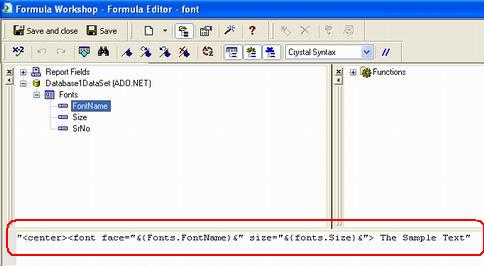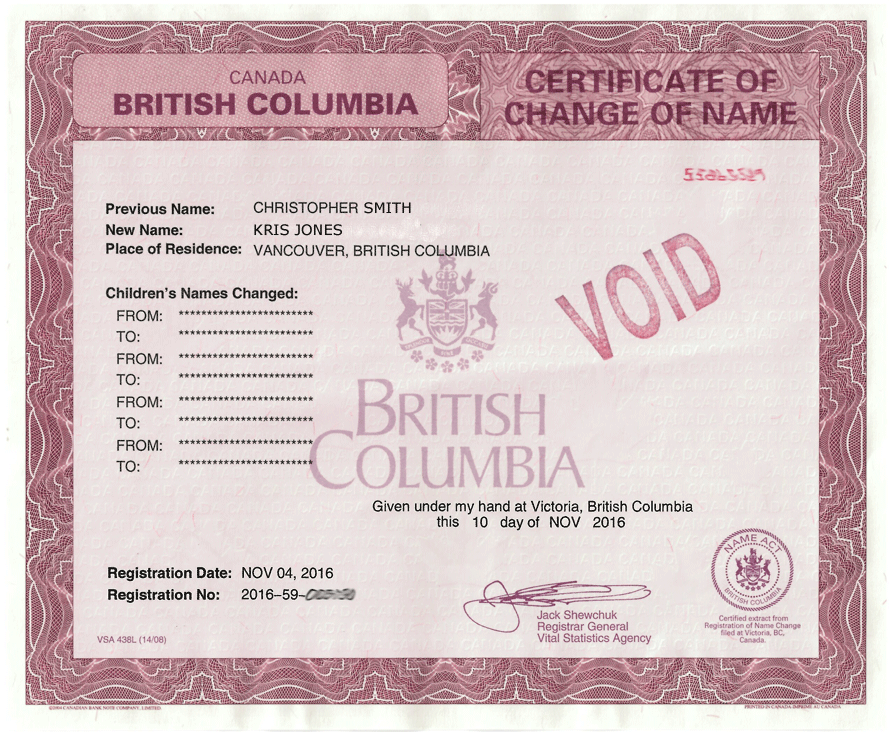
In the Options dialog box, change your user name and initials in the Personalize your copy of Microsoft Office section.
#CHANGE NAME OF SAMPLE IN CRYSTALDIFFRACT FULL#
Full pricing information can be found here. Important: Changing your name or initials in one Office program will change your name and initials in all of the other Office programs installed on your computer. The quoted price is that of a standard personal license. You can analyse phase purity, visualize diffraction from multi-phase mixtures, as well as working with the new diffraction techniques such as energy-dispersive and time-of-flight diffraction. Supported format names: atomeye, dlpoly, lammps, pdb, xyz, xyza. Output files have only file extension changed.

Using a ? will leave the number in place and * instructs the rename-command to replace any characters in between sampleX and. In this example, you want to keep the word sample and the number X (where X can be any number or character).

txt, you want to keep the first 7 characters you want to get rid of the dates: in command prompt: If you want to rename multiple files, i.e. Renaming multiple files with similar names This * basically means any characters inbetween sample1 and. CrystalDiffract is a tool developed to simulate x-ray and neutron powder diffraction patterns from CrystalMaker binary files - or directly from CrystalMaker.

Click the button on the right of the style you want to edit, when the 'pick label style' window pops up, click the blue button on the right of it. Let's say the filename is sample1-some-unwanted-text-1234.txt and we want to change it to sample1.txt without having to type the whole filename: in command prompt: click that sample line, on the sample line ribbon at the top, click 'edit label group', then the 'sample line label styles' window comes out. Renaming 1 file by replacing multiple unwanted characters using a star: Let's say the filename is sample1-some-unwanted-text-1234.txt and we want to change it to sample1.txt: in command prompt, type:Ĭ:\temp> ren sample1-some-unwanted-text-1234.txt sample1.txt In this example we have a sample1.txt and we want to change its name to sample2.txt: in command prompt type:Ĭ:\temp> ren sample1.txt sample2.txt


 0 kommentar(er)
0 kommentar(er)
